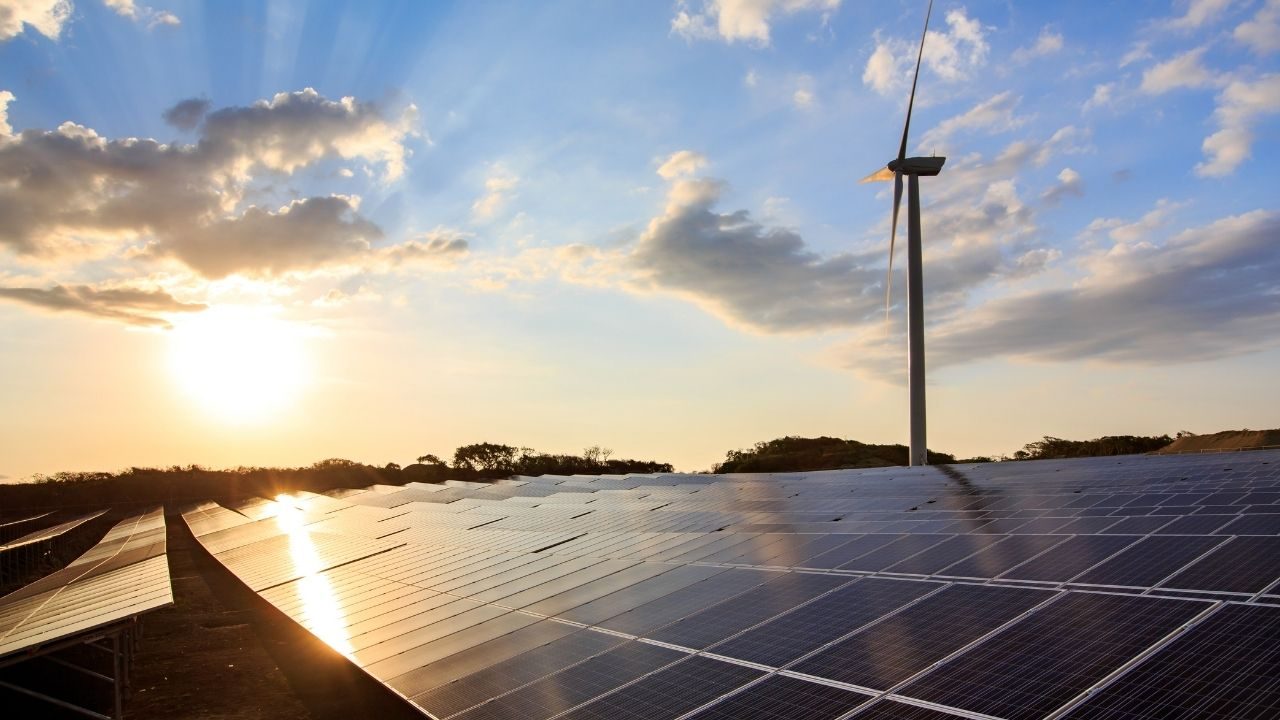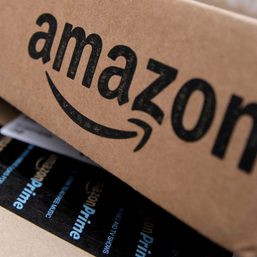SUMMARY
This is AI generated summarization, which may have errors. For context, always refer to the full article.

By now, you might have already heard of the phrase “net zero,” as corporations and countries make their own commitment to fight climate change. Net zero means that these groups are aiming to neutralize their greenhouse gas emissions – which largely includes carbon dioxide – by removing an equal amount of emissions from the atmosphere as the amount being produced. The process of reducing carbon dioxide from human activity is called decarbonization.
This is key to ensuring that the countries that have signed the Paris Agreement can meet the goal of keeping warming to no more than 1.5 degrees (READ: Decarbonization for beginners). According to the Net Zero Tracker, over 150 countries have pledged carbon neutrality by 2050.
The bottom line: We all know that decarbonization is good – and, in fact, necessary – for the survival of future generations. But what exactly would this process bring about in the next few years? Let’s take a look at some projections.
New jobs in energy sector
Renewable energy is a fast-emerging sector amid the race to net zero, and with that comes a boom in job opportunities. According to global research group Institute for Energy Economics and Financial Analysis (IEEFA), the Philippines is estimated to create over 350,000 renewable energy jobs. These jobs range from construction to operation and management of plants.
A less tumultuous climate
In the scientific community, a field called “extreme event attribution” has emerged, where studies show how intense drought, typhoons, or heat waves across the world are linked to climate change. Climate change is caused by human activities that release carbon into the atmosphere, some examples being power generation, manufacturing goods, and using transportation.
In the Philippines and elsewhere, super typhoons have been more devastating in recent years due to the climate’s disrupted patterns. Storms become stronger as they develop over warming oceans, turning into super typhoons before they hit land. To share insights on this and other climate-related phenomena, clean energy company First Gen partnered with TikTok personality Raymor Cuevas:
@raymorcuevas SKL Vid Ep. 445: Can we still slow down the effects of climate change? #PoweredByFirstGen #cleanenergy #decarbonization #climatechange ♬ original sound – RM
Once we lessen our carbon emissions, we can mitigate the effects of climate change such as catastrophic weather changes. This is a dire need for the Philippines, a country frequently hit by typhoons.
Cleaner air
Have you noticed smog in Metro Manila recently? That’s a clear example of how dirty emissions are contributing to the worsening air quality. Decarbonization would help improve the Philippines’ air quality as we shift to cleaner modes of transportation, more sustainable factory and construction sites, and proper waste management.
The World Bank says, “If decarbonization efforts pay attention to non-CO2 pollutants as well, notably PM2.5, we cannot only expect better air quality, but also health benefits in the short term.”
There is much work to be done to reach this future, and nations must collectively gun for more ambitious decarbonization goals instead of increasing fossil fuel investments. In the Philippines, there are already some big moves in place.
The country has been included in an Asian Development Bank (ADB) initiative to create an energy transition mechanism which aims to cut short the life of existing coal plants and increase investments in renewable energy. It has already banned the construction of new coal plants and is actively creating incentives for those investing in renewable energy.
In the private sector, companies like First Gen are also making moves to explore cleaner energy sources like geothermal, hydro, wind, solar, and other sources to push forward a decarbonized future for the Philippines.
Want to learn more about First Gen’s plans to contribute to a decarbonized and regenerative future? Visit their website for more information. – Rappler.com
Add a comment
How does this make you feel?


![[OPINION] Grading Marcos admin’s performance on the climate agenda](https://www.rappler.com/tachyon/2024/06/grading-marcos-performance-climate-agenda-june-25-2025.jpg?resize=257%2C257&crop=441px%2C0px%2C1080px%2C1080px)

![[OPINION] No room for ‘business as usual’ in era of climate emergency](https://www.rappler.com/tachyon/2024/06/no-room-business-as-usual-climate-change-june-25-2024.jpg?resize=257%2C257&crop_strategy=attention)



![[In This Economy] Why we need to stop the proposed Laguna de Bay expressway](https://www.rappler.com/tachyon/2024/06/Why-we-need-to-stop-Laguna-de-bay-expressway-June-28-2024.jpg?resize=257%2C257&crop=458px%2C0px%2C720px%2C720px)
There are no comments yet. Add your comment to start the conversation.